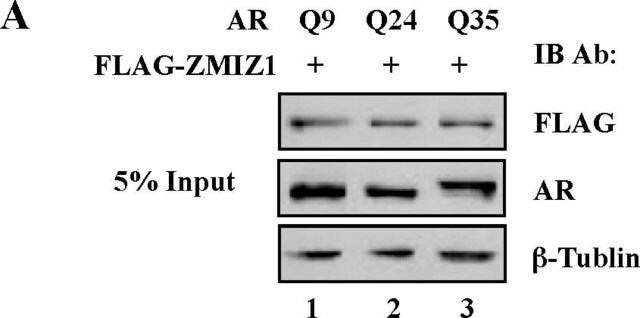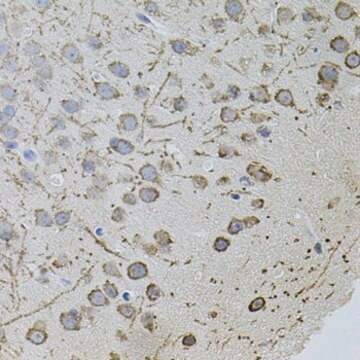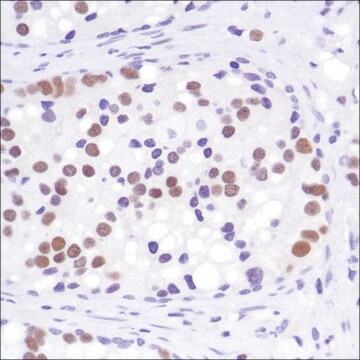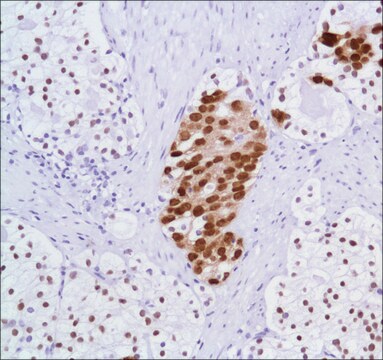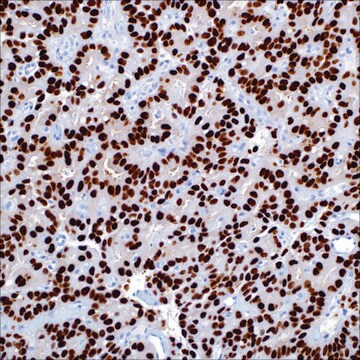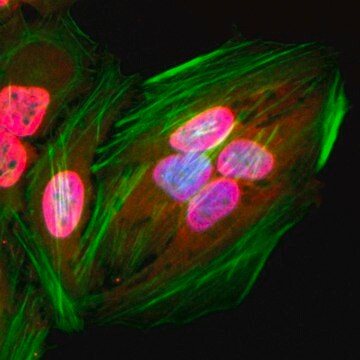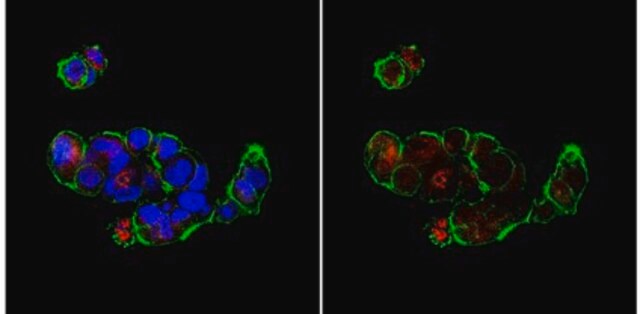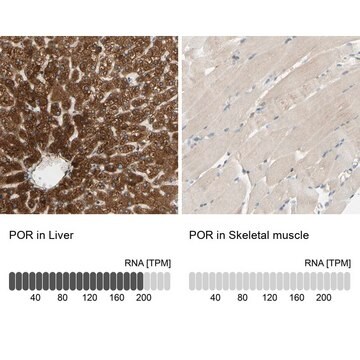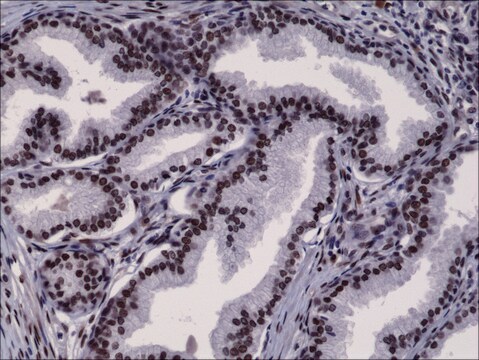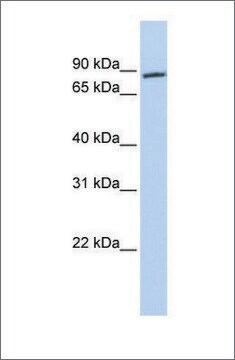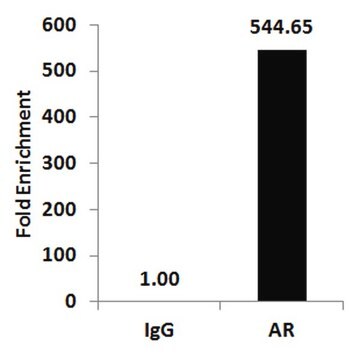A9853
Anti-Androgen Receptor antibody produced in rabbit
affinity isolated antibody, buffered aqueous solution
Synonym(e):
Androgen Receptor Antibody, Androgen Receptor Antibody - Anti-Androgen Receptor antibody produced in rabbit, Anti-AR
About This Item
Empfohlene Produkte
Biologische Quelle
rabbit
Qualitätsniveau
Konjugat
unconjugated
Antikörperform
affinity isolated antibody
Antikörper-Produkttyp
primary antibodies
Klon
polyclonal
Form
buffered aqueous solution
Mol-Gew.
antigen 110 kDa (additional band may be observed at 45 kDa)
Speziesreaktivität
rat, human
Methode(n)
immunohistochemistry (formalin-fixed, paraffin-embedded sections): 20-40 μg/mL using microwave-pretreated human prostate tissue sections
immunoprecipitation (IP): 5-10 μg using human MCF7 cell lysate ( 250 μg)
microarray: suitable
western blot: 1-2 μg/mL using whole extract of rat brain
UniProt-Hinterlegungsnummer
Versandbedingung
dry ice
Lagertemp.
−20°C
Posttranslationale Modifikation Target
unmodified
Verwandte Kategorien
Allgemeine Beschreibung
Anti-Androgen Receptor specifically recognizes the human androgen receptor protein (110 kDa). An additional band may be observed at 45 kDa. The antibody cross-reacts with rat androgen receptor.
Spezifität
Immunogen
Anwendung
Western Blotting (1 paper)
Physikalische Form
Haftungsausschluss
Sie haben nicht das passende Produkt gefunden?
Probieren Sie unser Produkt-Auswahlhilfe. aus.
Lagerklassenschlüssel
10 - Combustible liquids
WGK
WGK 2
Flammpunkt (°F)
Not applicable
Flammpunkt (°C)
Not applicable
Persönliche Schutzausrüstung
Eyeshields, Gloves, multi-purpose combination respirator cartridge (US)
Analysenzertifikate (COA)
Suchen Sie nach Analysenzertifikate (COA), indem Sie die Lot-/Chargennummer des Produkts eingeben. Lot- und Chargennummern sind auf dem Produktetikett hinter den Wörtern ‘Lot’ oder ‘Batch’ (Lot oder Charge) zu finden.
Besitzen Sie dieses Produkt bereits?
In der Dokumentenbibliothek finden Sie die Dokumentation zu den Produkten, die Sie kürzlich erworben haben.
Kunden haben sich ebenfalls angesehen
Unser Team von Wissenschaftlern verfügt über Erfahrung in allen Forschungsbereichen einschließlich Life Science, Materialwissenschaften, chemischer Synthese, Chromatographie, Analytik und vielen mehr..
Setzen Sie sich mit dem technischen Dienst in Verbindung.